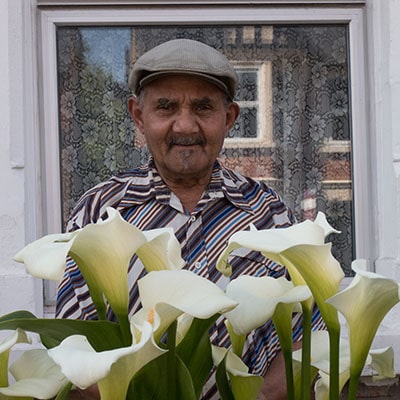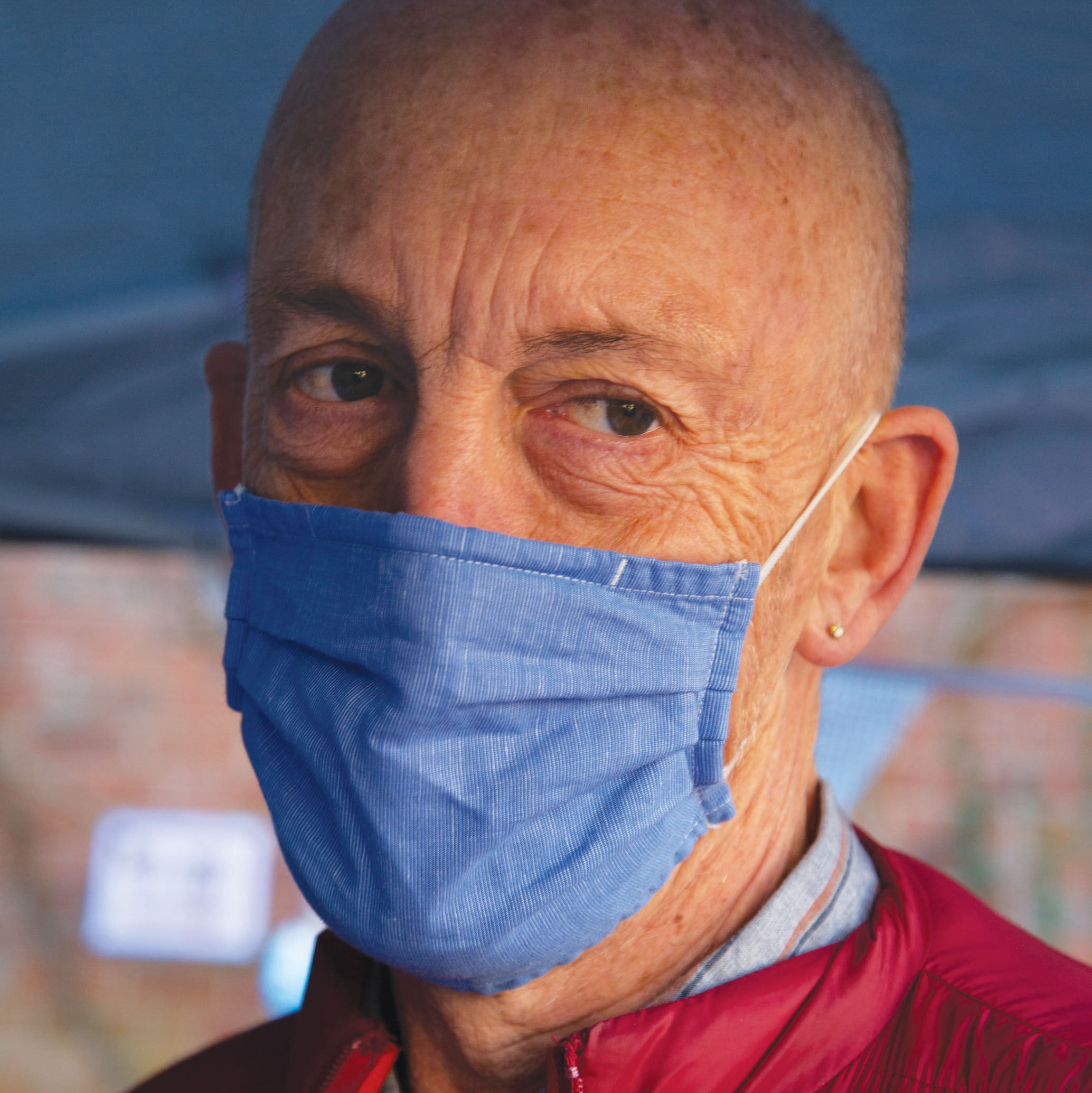A dangerous field: women artists and the photographic image
The theme of PhotoOxford2020 is ‘Women and photography: ways of seeing and being seen’. The theme enables contemporary artists, photographers and curators to rediscover and celebrate women photographers whose work has been overlooked or marginalised over the years. Helen Muspratt, (1907-2001) a photographer I had never heard of until this year, is a case in point. Her archive is now in the Bodleian Library who are staging a remarkable exhibition of her work in the Weston Library.
But ‘A dangerous field: women artists and the photographic image’ stands out not only because the work is very much by living artists, but also because the participants are primarily artists, and only secondarily photographers. They use photography in their work but they do not define themselves as photographers. In doing so they bring a different perspective to their practice and this is dramatically displayed in this exhibition.
First off it is worth saying that as with so much else these days, the exhibition is virtual, an online exhibition which eschews the complicated virtual ‘staging’ that some other exhibitions in this Festival attempt. Rather, it sticks to what works well on screen, a 14 minute film and a set of photographs for each of the twelve artists, accessed by the simple procedure of clicking on each ones ‘tile’. Content over form.
The work is varied and reflects the primary practices of the artists, from etching to ceramics and embroidery. From a photographic point of view several contributions stand out. Cally Shadbolt’s ‘Through the forest behind the trees (experimental work)’ reflects the current interest in nature and landscape. Set in two woodlands there are strong references to Martin Parr’s early work ‘Bad weather’ (1982); monochrome, the flash used in the rain producing an almost gothic sense of disorientation in what is a quintessentially English experience, rain. Annabel Ralphs in ‘Swanage, printed postcards’ riffs on that most quotidian of photographic experiences (at least until the advent of Instagram) the seaside postcard. John Hinde for the 21 Century. Muspratt had her first studio in Swanage, and Ralphs acknowledges this connection while creating postcards that are consciously decontextualised – ‘any seaside’. Wig Sayell’s take on the seaside in ‘Penarth Pier 2020’ is rather different. There is sadness at the memory of the time spent there with a dying friend, and the meanings that walking along the beach and the pier after visiting her, evoke. There are echoes of Paddy Summerfield’s work in another Welsh resort, Barmouth, memorialising and celebrating his parents lives as they come to a close, in the exhibition ‘Voyage around my mother’ also part of PhotoOxford 2020.
Claudia Figueirdo has a different take on loss and moving on in ‘Who are you anyway and where do you come from?’ photographs of her daughter’s room and the objects in it, after she left for university. Like the work of Anna Fox, it situates change in that apparent citadel of stability, the home. Teddy bears, a row of shoes, a star spangled ‘my little pony’ admiring itself in the mirror, all part of yesterday’s life. Memories both joyful and sad captured in a few images soon to disappear as the room is repurposed.
Which brings me finally to the most explicitly feminist interventions in the exhibition, those by Asma Hashmi and Helen Ganly. Hashmi’s ‘He loves me knot, 2020’ is a challenging set of photographs where her ‘focus has been patriarchal values and gender-based violence in Pakistan’. As she puts it ‘Seemingly mundane activities such as patchwork and embroidery reference the female and are a form of catharsis’. Stitching rose petals, individually shaped like pudendum onto canvass referencing the childhood game ‘he loves me, he loves me not’, the work is a critique of the ideology which associates family honour with female virtue. Ganly’s photographs are another very personal reflection on this, the issue of male power and the male gaze. Tellingly entitled ‘Self harm 2019’ she remarks in the film that is an important part of the exhibition, that for her ’The dangerous field is the subject of self-portraiture’, a subject covered from a feminist perspective by Jo Spence in ‘Putting myself in the picture’ (1986). It is not difficult to see why. The first photograph of her was taken in 1987, naked apart from a tightly fitting plastic sack that she retrieved from a building site emblazoned with the words ‘basic slag’, the picture surrounded with other derogatory terms for women. The second is one taken last year of her with a very pronounced black eye. The immediate association is with the inevitable results of the mind-set articulated in the first photograph – male violence. The effect is shocking. Ganly reinforces it by quoting Dale Spender’s ‘Man-made language’ (1980) to illustrate her point; the English language has 220 words for a sexually promiscuous woman, but only 20 for men.
‘A dangerous field’ is a fascinating collection of artists reflecting on photography with very diverse perspectives; whether it be to record or research their subject whilst engaging in the examination of their practices, or pushing their creative boundaries by using photography to explore or subvert their ‘field’. What is so striking about this exhibition as a whole is that it demonstrates the success of both approaches, and in doing so expands the range and depth of photography as a medium itself. There are not many exhibitions that can lay claim to that.
This article first appeared on the Magdalen Road Studios website on 11 November 2020.

